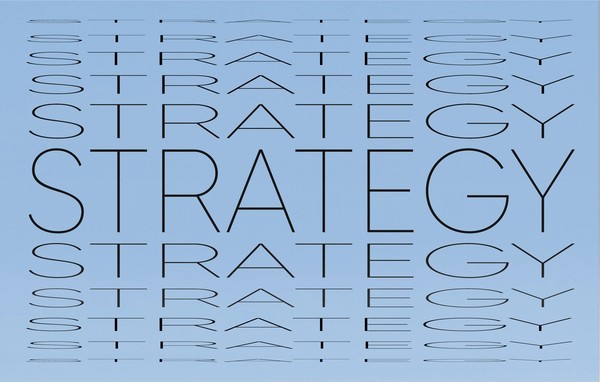Measuring Success | Creative Briefs
By:
Emilee Dover
on 2/16/2015

What it’s like when your idea gets flushed.
I should start by emphasizing that this blog post is NOT a how-to on writing creative briefs. So #byefelicia if that is all you’re here for. Instead, we will be talking about how to best use a creative brief with your team, while demonstrating the power this document can have.
So many times a creative brief becomes just another part of the process. It’s just another piece of paperwork that needs to be filled out — checking boxes and filling blanks with industry jargon. There are times when the CB gets lost in the shuffle of an idea, and times when it completely restricts the Art Director or Designer’s creativity. As an art director myself, there is nothing more frustrating than having to limit, or even trash, a great idea. However, you can create the pièce de résistance of your design career, and it won’t mean shit unless it meets your client’s (and the creative brief’s) needs.
(This is also my modest platform for requesting that award entries should require creative briefs.)
6 tips for how to use a creative brief effectively
More than one person should write it.
The CB should be a collaboration between the account executive, the creative director and the art director, written specifically for the creative team. We split the brand overview, the project overview and the creative direction into different sections. Reviewing these in a group motivates necessary conversation at the beginning of a project.
IF you decide to share with the client, walk them through it with the creative team.
Inform them of its purpose. Make sure that they feel empowered by the creative brief, not anxious. This is also a great time to make sure that the creative team has all of the assets and requirements that they need. Does a sponsor logo need to be included? Is there a brand usage guide that needs to be considered?
Goals must be measurable.
You guys know this. Still it somehow is often the hardest part when it comes to creative. These can sometimes be lofty, or emotionally based. But try to stick figures on as much as possible.
Take it to EVERY meeting/checkpoint for that project.
Every time a decision is made, ask if it aligns with and furthers the primary goals. If it doesn’t, what is the reason behind the decision?
Keep it from becoming a straight jacket.
The Creative Brief is written for the creative team. It is intended to be a tool, not a weapon. We have added a “Creative Direction” section to our template. This is a place where the team can document design references, sacred cows (must-haves like logos and colors), and overarching ideas. We have found that this gives us a home base. Often times, creatives find themselves in a rabbit hole. The Creative Direction section can be a good control point for unobtrusive suggestions from the team and client, while still giving the creative team total freedom on direction.
It should be written in pencil, not pen. (figuratively)

Bear in mind, banter is better.
The creative team should know where the target is, but everyone involved with the project should be prepared for the shit to hit the fan. Because it happens. Expect hurdles (our agile process approaches this) and trust your team to make the best decisions. Be transparent with the client about exciting ideas that have merit. And fight for your ideas! Sometimes collaboration means healthy banter.
Long-term success is rooted in a foundation. We can only truly reflect on the effectiveness of our work when, at the end of a project, we can show the client “Look what we did!” At VIA, our success is our client’s success.
Related Posts
Press Release: Louisville Web Design Firm Launches Four New Websites
By: Kim Clark on 8/11/2009
VIA Studio is proud to announce the launch of 4 new websites.
Read More »Revamp Your Reporting with Google Data Studio
By:Ben Wilson on 2/27/2019
This is a 2-for-1 deal! We'll share some insights into making your marketing and website reporting more effective and quicker to produce, and show you how to incorporate Google Data Studio into this process.
Read More »
